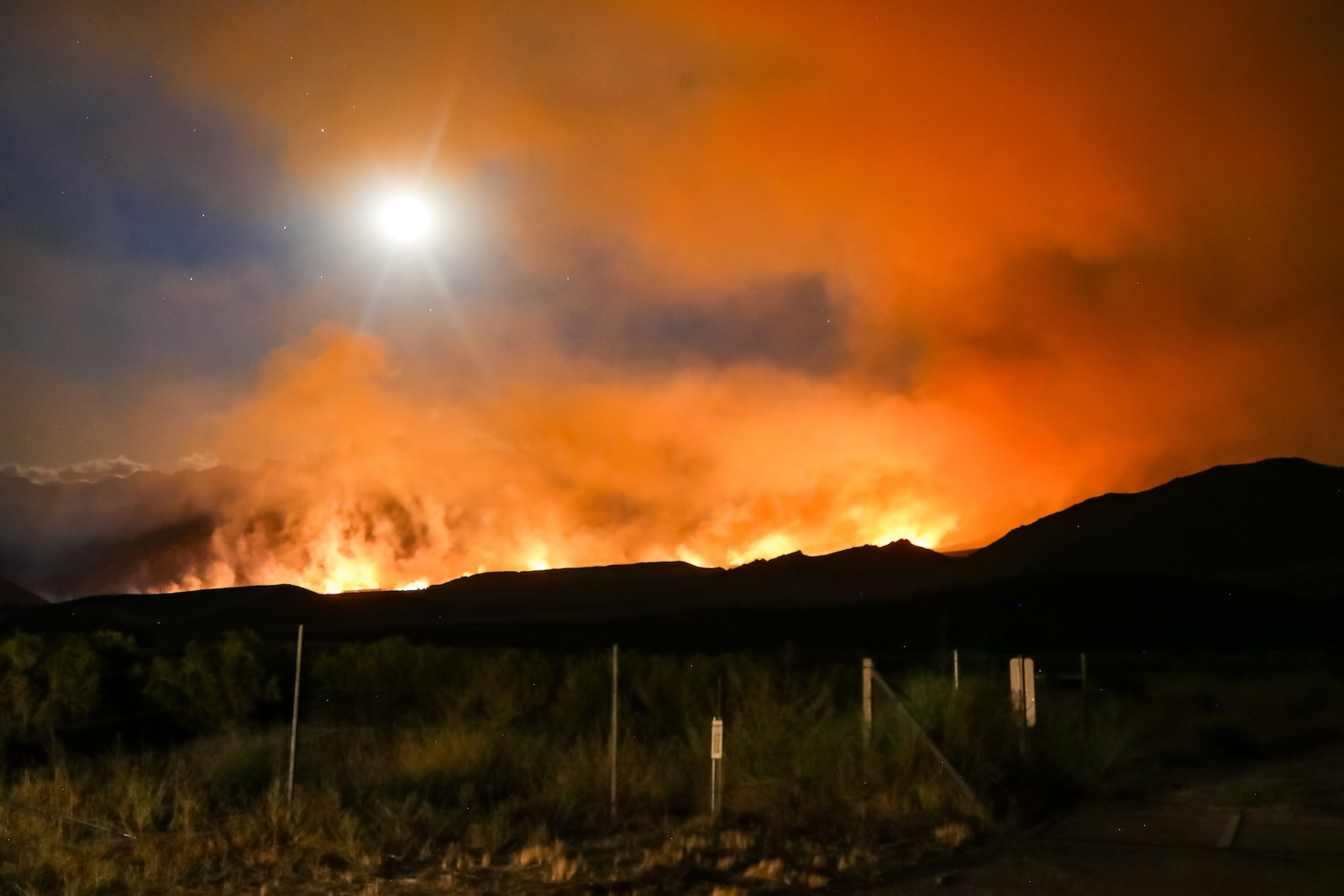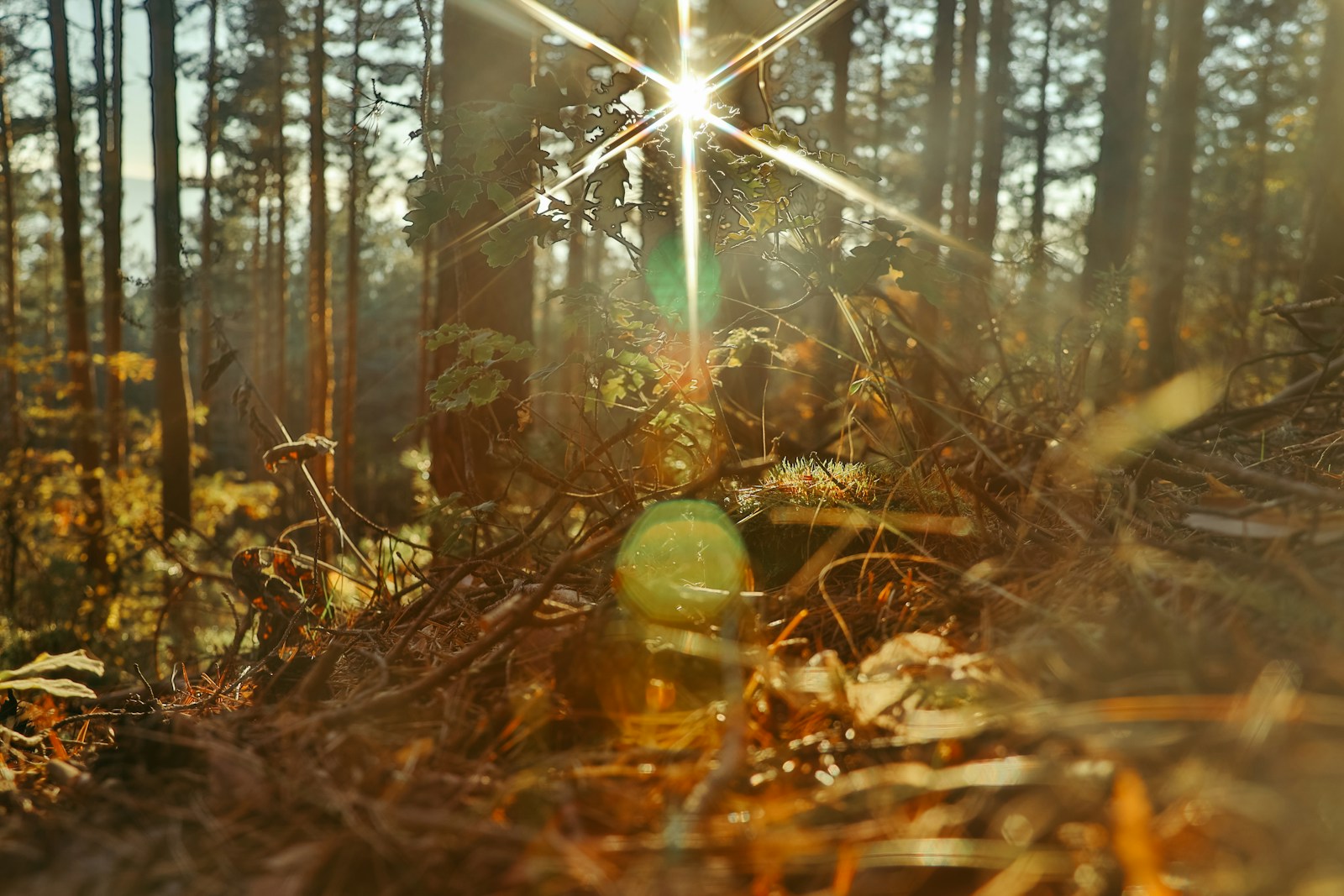Table of Contents
ToggleIntroduction: The Growing Threat of California Wildfires
California is no stranger to devastating wildfires, with blazes such as the Slater fire destroying homes and putting communities at risk. Despite having the largest and most well-trained firefighting force in the world, there are several months of the year when no amount of resources can stop these wildfires. This has led authorities to seek alternative approaches to controlling wildfires, including the once-outlawed practice of controlled burns.
Native American Traditions of Controlled Burns
For thousands of years, Native American tribes in California, such as the Karuk people, have used fire to maintain forests as a source of food. They followed an annual burning cycle to create an environment that was optimal for the area’s native plants and animals. Unfortunately, after European contact, they were harassed, jailed, or worse for practicing traditions that involved the careful maintenance of the land with fire.
The Importance of Fire in Maintaining Forest Ecosystems
Fire is an essential tool for maintaining forest ecosystems. Many of the species that Native Americans have relied upon for food, traditions, and rituals cannot thrive without fire. For example, willow used for basket weaving, tanoak trees, whose acorns are a major food staple, and elk, an important source of protein, all require fire to thrive. Regular, low-intensity fires also thin out forests, making them less dense and more resistant to catastrophic fires.
The Impact of European Contact on Native American Burning Practices
After European settlers arrived in California, they saw forests as a source of income and worried that their new towns were vulnerable to the fires that occasionally swept through. One of the first laws after the establishment of the state of California banned intentional burning. Native Americans who continued their burning traditions risked legal trouble, harassment, and imprisonment until as recently as the 1990s.
The Return to Traditional Burning Practices
California and other Western states are now seeking a return to traditional burning practices as they try alternative approaches to controlling wildfires. This is a bittersweet victory for Native Americans who have long fought for the right to burn. Authorities are recognizing the value of controlled burns in managing wildfires and are embracing the wisdom of Native American traditions.
The Benefits of Controlled Burns for Communities and Forests
Controlled burns have numerous benefits for communities and forests. They reduce the risk of catastrophic wildfires, clear away underbrush and dead vegetation, promote biodiversity, and restore the natural balance of ecosystems. Controlled burns also help maintain the health of forests, reducing the need for costly and dangerous fire suppression efforts.
How Controlled Burns Work?
Controlled burns are carefully planned and executed fires that are set under specific conditions and monitored closely to ensure they do not get out of control. They are typically low-intensity fires that burn away underbrush and dead vegetation, leaving trees and other vegetation unharmed. Prescribed burns and cultural burns are two types of controlled burns used in California.
Prescribed Burns vs. Cultural Burns
Prescribed burns are controlled burns that are set for specific purposes, such as reducing the risk of catastrophic wildfires and promoting forest health. Cultural burns, on the other hand, are controlled burns that incorporate Native American traditions and focus on specific cultural and ritual practices. Both types of burns are important for managing wildfires and restoring forest ecosystems.
The Future of Controlled Burns in California
The U.S. Forest Service burned nearly 2 million acres of federal land in prescribed fires in 2021 and has promised to continue expanding the practice. The return to traditional burning practices is gaining momentum in California and other Western states, with authorities recognizing the value of controlled burns in managing wildfires. However, there is still much work to be done to restore the natural balance of ecosystems and prevent catastrophic wildfires.
Conclusion: Embracing Native American Wisdom to Tackle Wildfires
As authorities seek alternative approaches to controlling wildfires, they are turning to the wisdom of Native American traditions of controlled burns. By embracing these once-outlawed practices, authorities can reduce the risk of catastrophic wildfires, restore the natural balance of ecosystems, and promote biodiversity. The return to traditional burning practices is a bittersweet victory for Native Americans who have long fought for the right to burn. However, it is also an opportunity for authorities to learn from the wisdom of Native American traditions and work towards a more sustainable future.








1 thought on “How Native American-Controlled Burns Can Help Manage California Wildfires?”
Pingback: Tropical Storm Hilary to Affect California’s Weather & Fire Season